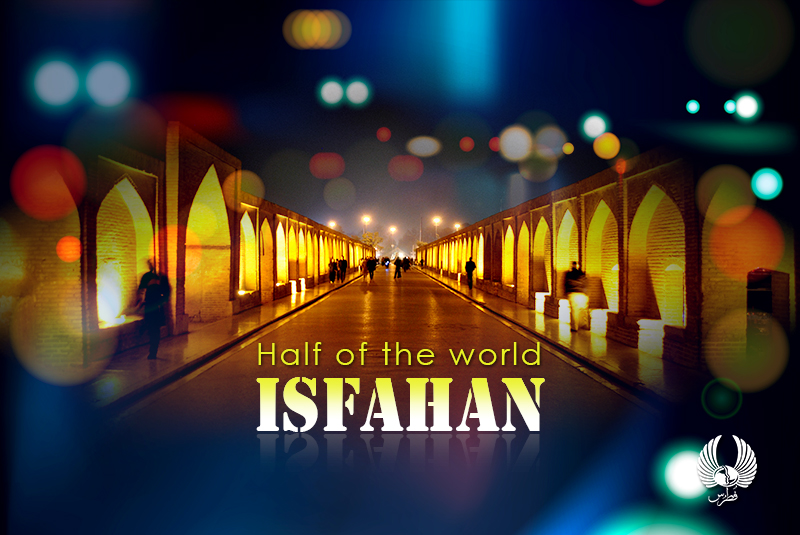
Sights of Isfahan
Naghsh-e Jahan Square
(Integration of Politics, Economy & Religion)
As a UNESCO›s World Heritage Site, Naghshe Jahan Square or Imam Square is one of the most remarkable attractions of Iran and one of the most important historical sites in the world. On each side of this square there is an eye-catching structure; Ali Qapu Palace (West), Imam Mosque (South), Sheikh Lotfollah Mosque (East) and Qeysarie Bazaar (North).

Ali Qapu Palace
Ali Qapu Palace is a 48-meter-high building in six floors, each accessible by a difficult spiral staircase. The last floor of this palace is called the Music Hall because of deep circular niches in the walls. Ali Qapu is rich in naturalistic wall paintings and elements such as floral, animal, and bird motifs are seen abundantly.

Vank Cathedral
The Church of the Saintly Sisters is a cathedral located in the New Julfa district (Armenian district) of Isfahan. In the Armenian language, Vank means “monastery”. The inner wall and the roof of the cathedral are covered with fine frescos and gilded carvings and mesmerizing tile works. The architecture of the building is a mixture of the 17th-century Safavid style with high arches and an Islamic-style dome. The ceiling above the entrance is painted with delicate floral motifs in the style of Persian miniature.

Chehel Sotoun Palace
Chehel Sotoun (forty columns) Palace was constructed in the middle of a garden in the reign of Shah Abbas I and finished by Shah Abbas II. The purpose behind its construction was to have a mansion for Shah›s receptions. The entrance pavilion of this palace is supported by twenty slender wooden columns and their reflection in the long pool before the mansion makes them appear like forty. Another reason to use the number forty for naming the palace is the importance of this number in Farsi literature.

Jama Mosque of Isfahan
The congregational mosque of Isfahan is the result of years of construction, reconstruction, additions and renovations which carried out by the great Islamic empires of Persia from the 8th through the 20th centuries. This accounts for how the mosque illustrates a condensed history of Iranian architecture. The mosque is located in the center of the old city and the Grand Bazaar of Isfahan is adjacent to it. Jama Mosque of Isfahan was registered as a UNESCO World Heritage Site in 2012.

Historical Bridges of Isfahan
Shahrestan Bridge is the oldest bridge on Zsyandeh Rood dating back to the Sasanian era with pre-Islamic architecture. Khaju Bridge is the finest bridge of Isfahan built by a Safavid king around 1650 on the foundation of an older bridge. It has 23 arches and made of bricks and stones. Sio se pol is the longest bridge on the Zayandeh Rood, with a total length of 297.76 metres, and was built during the years 1599 to 1602. It consists of two superimposed rows of 33 arches.
siyo-se-pol
Khaju Bridge
Sheikh-Lotfollah-Mosque

Abbasi Hotel

Bird-Garden

Related Tags:


We love to hear your comments